Bicycles today are popular among residents of large cities. Often it is preferred by car or public transport because of convenience, low cost, mobility and environmental friendliness. The increase in the number of cyclists on the roads is also facilitated by the development of infrastructure. A network of city bike rentals is growing, renting is becoming cheaper.
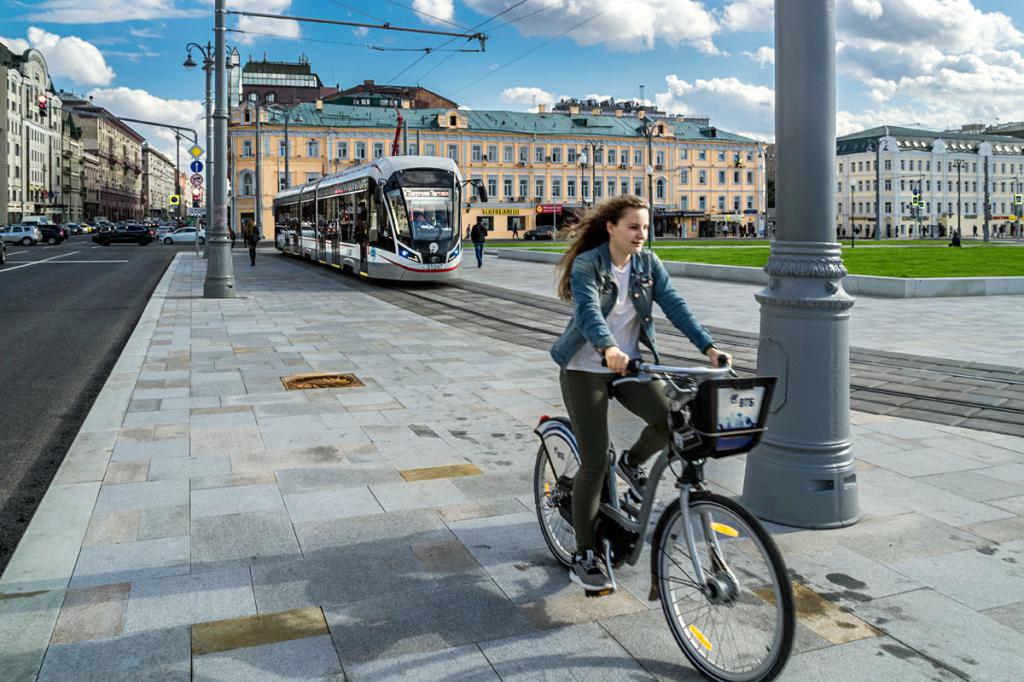
However, traveling around the city with a two-wheeled friend is not always convenient and you have to use the services of the subway.
Rules for transporting a bike in the subway
Today, in seven cities of Russia the metro is built. The largest and oldest of them, of course, is in Moscow, and the deepest is in St. Petersburg. Using the example of these two million-plus cities, let’s try to answer the question: is it possible to transport bicycles in the subway and what rules must be followed.
Moscow
The rules of using the Moscow Metro allow you to transport children's bicycles free of charge, the dimensions of which in total do not exceed one and a half meters.
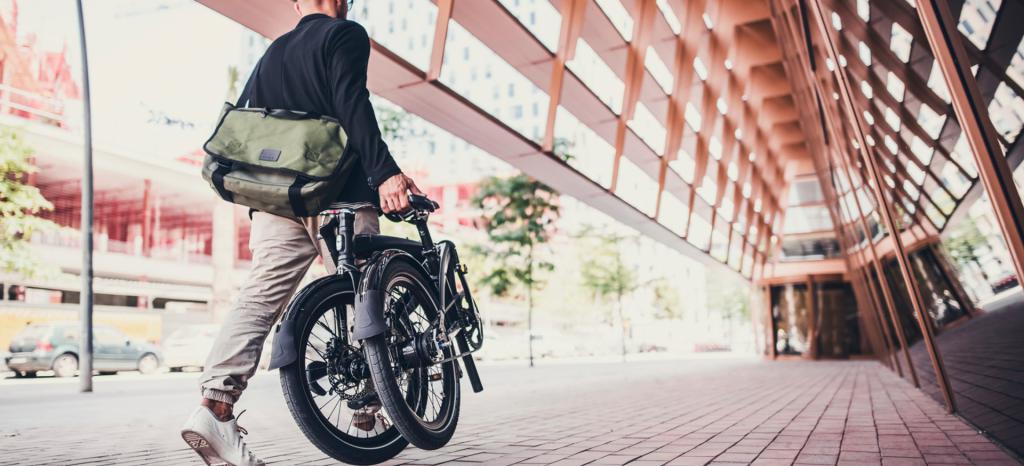
It is forbidden to take bulky luggage and bicycles for adults, except folding ones, into the subway. Unfolded bicycles can be taken unassembled and packed as baggage. If the sum of the three dimensions of the luggage is not more than 121 cm, you can not pay for a packed bike. Otherwise, we pay for baggage.
St. Petersburg
According to the rules of using the St. Petersburg Metro, passengers transport skis, mono skis and children's bicycles in covers for free. Bulky luggage (measurement sum is more than 200 cm) and bicycles for adults, except folding and in covers, are prohibited.
Note that the metro rules do not give a clear description of the folding bike. This can be a disassembled bike. Often, passengers remove only the front wheel and turn the steering wheel 90 degrees. A prerequisite is to pack your vehicle so as not to inconvenience other passengers and injure anyone in its details. It does not matter where the packaging was made - in the lobby of the subway, at home or on the street.
Another reason to do this is to exclude the possibility of using the bicycle for its intended purpose on the station platform. This is prohibited for obvious reasons: wheeled vehicles can endanger the life and health of the cyclist and other passengers. Wheelchairs are an exception.
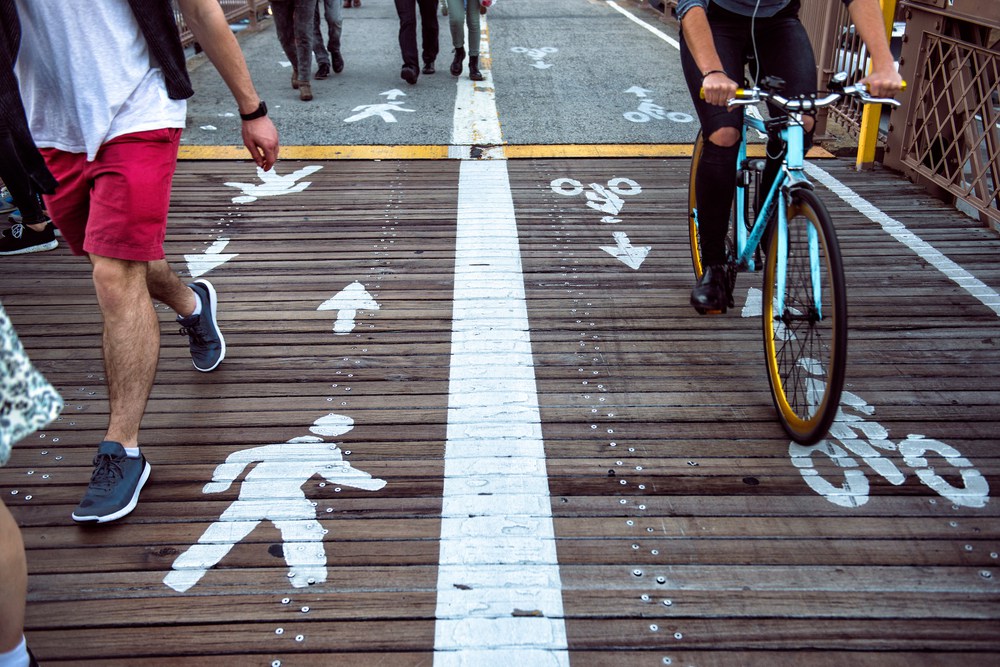
So, is it possible to transport a bicycle in the subway? Yes you can. Children's and folding adult.
However, before the World Cup, it was proposed to introduce a number of new rules, for example, on the transport of exclusively folding structures in the subway. At the same time, packing in a case is a prerequisite. But this would make it impossible for most cyclists to get on the subway, since many of them pass through the turnstile to the platform only by removing the front wheel.
Organizer of bicycle parades in Moscow, curator of the project Let's bike it! Vladimir Kumov believes that the introduction of the rule on the mandatory use of a cover when transporting a bicycle in public transport is of no practical use. Cyclists usually ride along sidewalks rather than along a dirty roadway. Therefore, in the capital there is no problem of very dirty bicycles in public transport. Why tighten the rules? Carriage of a two-wheeled friend in the subway is already limited. So, big bicycles can be transported in trains and in other land vehicles. According to Vladimir, the development of bicycle infrastructure in the capital and other major cities of the country should continue.

New rules were not introduced before the championship, but do not exclude this possibility in the future. Will it be possible to transport bicycles in the subway in five or ten years?
Tips from experienced cyclists
Knowing the rules of travel in the subway does not insure cyclists from all the unpleasant situations that they may encounter in the subway. Here are some tips that experienced cyclists share.
Folding or not folding?
If you like to argue with subway workers, then a loophole with the lack of a folding bike definition in the metro rules creates room for discussion. For example, if you lower the saddle of a bicycle, then it could well be called folding. But when passing through the turnstile, such a strategy is ineffective, because the subway employees are not used to arguing, and the technical characteristics of your bike may simply not be clear to them.
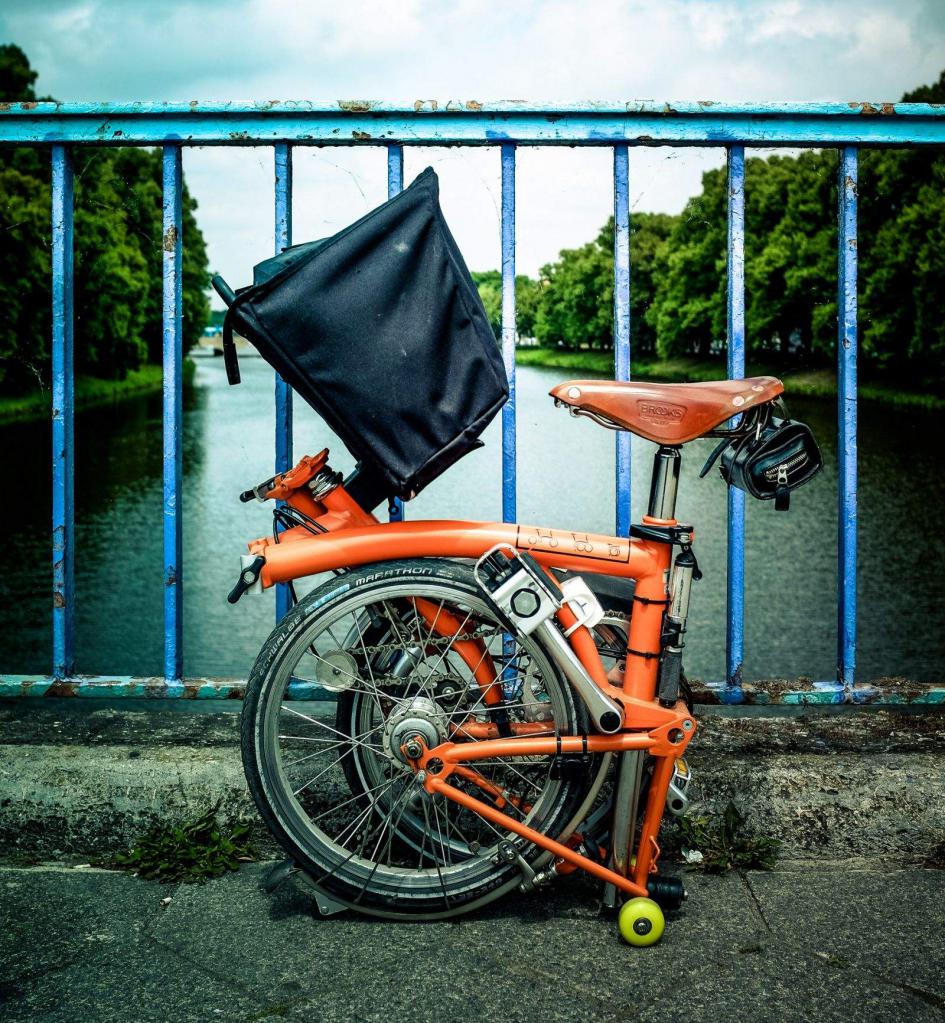
Take a bike cover for your two-wheeled friend
This is the easiest way to avoid the trouble with the passage in the subway. As a rule, controllers do not have questions with a packed bike. However, this option costs money, it takes time to pack and unpack the bike and the cover itself. The cover takes place, has weight, which is not always convenient while riding.
The politeness of the city takes
Be polite in dialogue with subway workers. If you follow the rules of cultural communication, then the chances that you still get into the subway with a bicycle will increase significantly. Say hello, smile and ask if you can go to the platform with the bike. Most likely, you will just need to remove the front wheel. So you will not fail a good metro employee, as the rules for transportation will be respected. And it’s always a good idea to carry a badge or a card for at least two trips, so that you can pay for baggage.

Do not let in one door - another will open
Do not despair if you are not allowed to go right away. Do not miss the stations at one entrance, try entering through another. It didn’t work out - we go to the next metro station and start over. Exactly closer than home. Sometimes a trip to the subway is necessary due to circumstances: breakdown, bad weather, rush.
Mutual respect
First of all, try to put yourself and your bike in order before entering the station lobby. Respect other people, the work of subway cleaners, passengers who might not be pleased to be in the same carriage as an untidy man and a dirty bike.
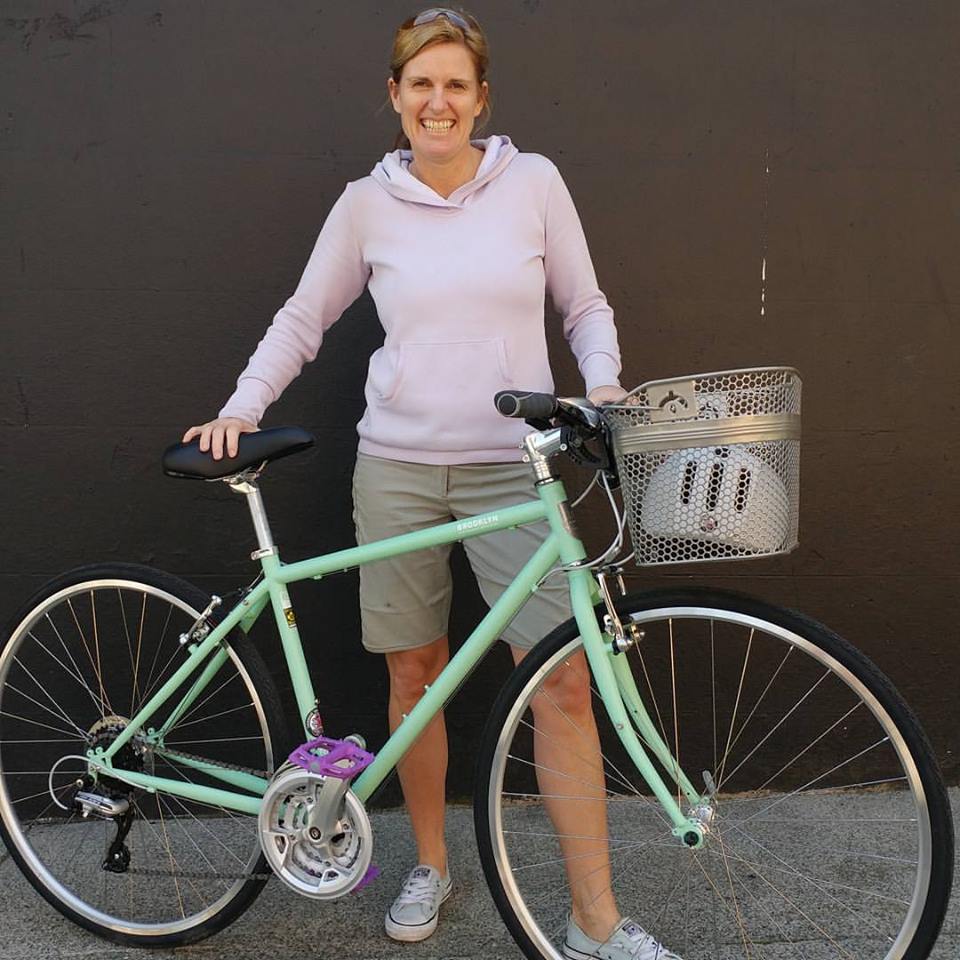
Safety Compliance
On the escalator, be extremely careful. Clamp the brakes of the bike, immediately steadily sit on the stairs, especially during the descent.
Do not bike on the platform. So you will create a threat to other people and cause only annoyance of metro workers. Do not create precedents to tighten the rules for using the subway.
In cars
It is more convenient in old-style cars to take a seat either at the first door of the first car, or at the last last car, since there are places without seats. Lean the bike against the wall, do not interfere with the movement of passengers. In the compositions of a new type - the extreme doors of each car.
Plan a route
Another tip: think over your route to the trip, minimize the number of transitions from one branch to another. In crowded places, especially during rush hour, it is important to clearly know where to go, in which part of the train it is better to accommodate with a bicycle. Act confidently and calmly. To avoid crowds, choose morning hours or late evenings to get around the subway. And weigh the pros and cons before going down the subway. Perhaps it would be much better to travel several kilometers through the fresh air than with a bicycle in a stuffy carriage.
Now the answer to the question of whether it is possible to transport bicycles in the subway is received.With knowledge of the rules of transportation for cyclists, it will be easier to overcome the turnstile and navigate on the platform and in the cars. You will have a chance to defend your point of view, armed with weighty arguments. It is possible to transport a bicycle at least as baggage. If the attendant continues to defend his position, you have the right to go to court. But the entire dispute with the employees should then be recorded on a voice recorder or video. Perhaps your confidence and knowledge will help resolve the conflict in the world.
